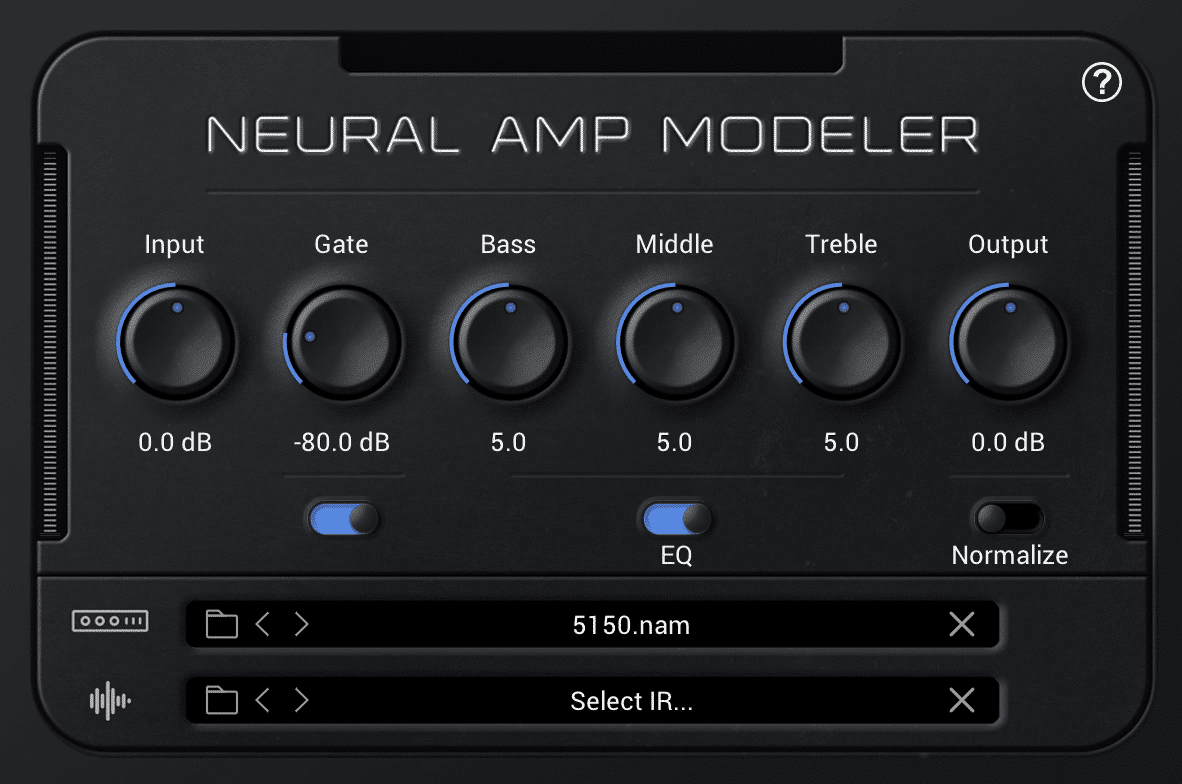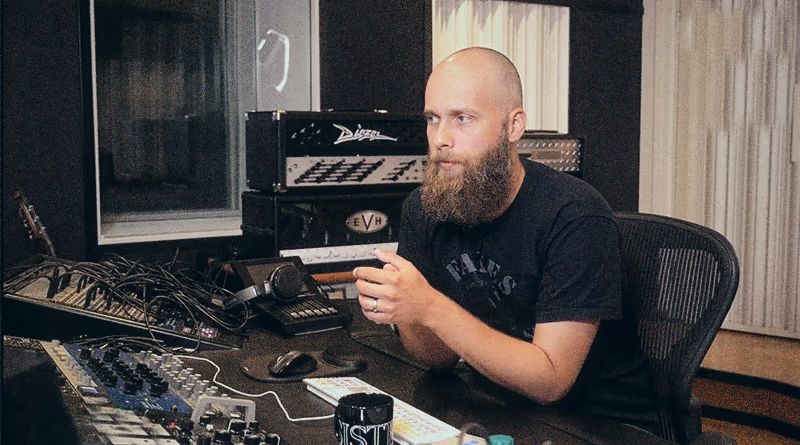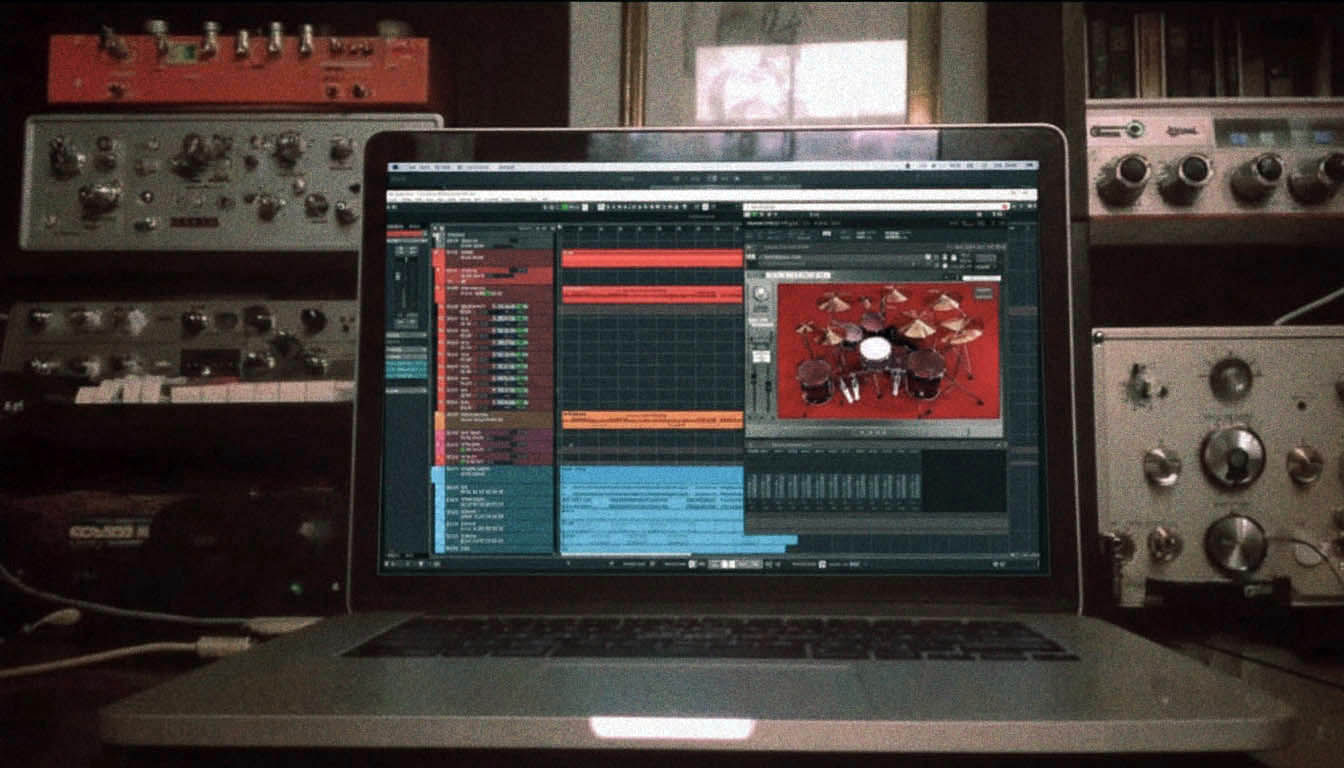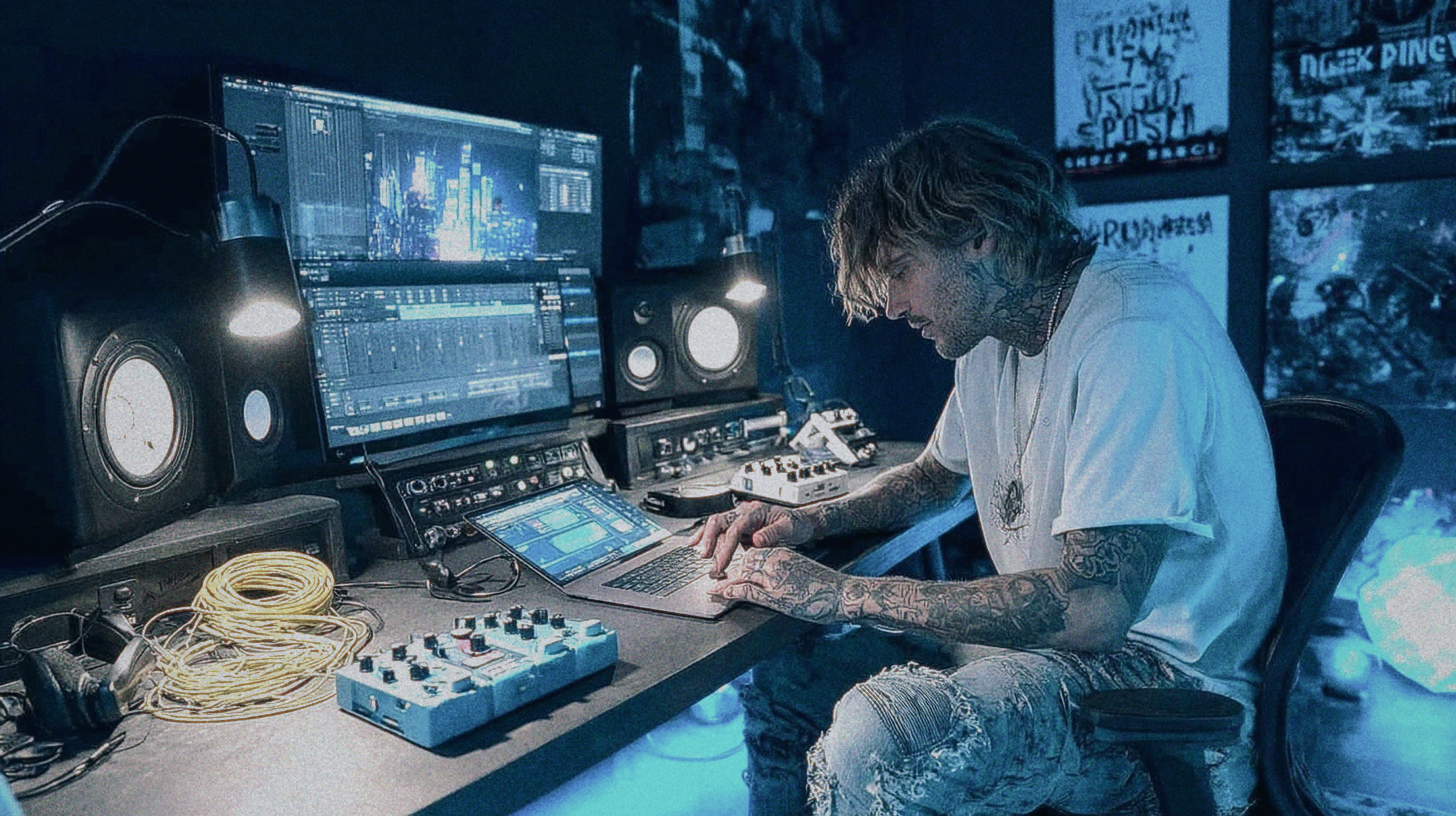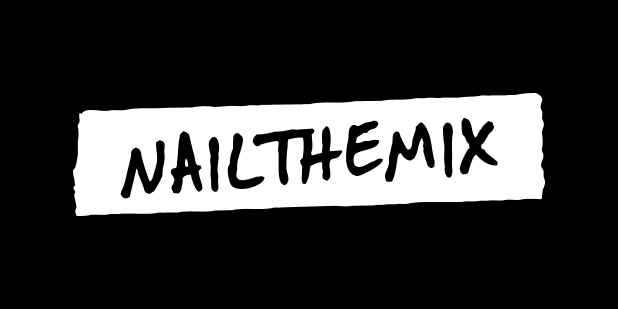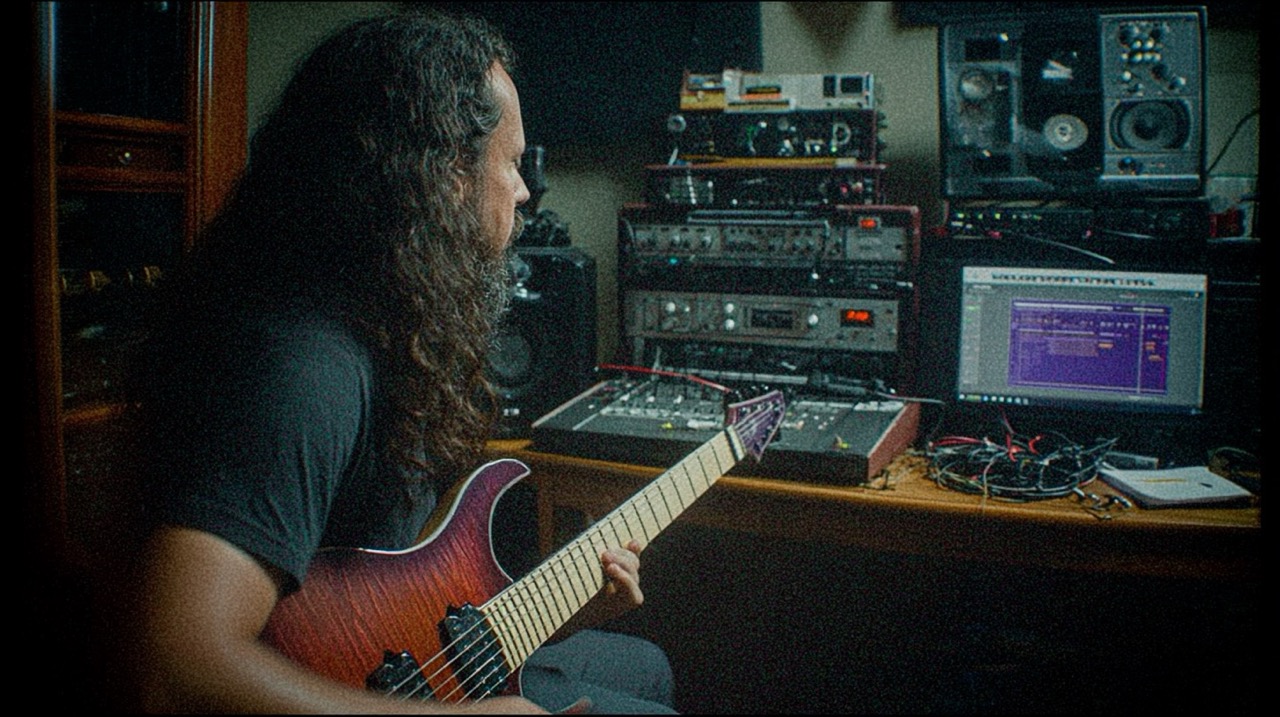
E Diminished Chord: Injecting Evil Tension into Metal Riffs
Nail The Mix Staff
That gnarly, unsettling vibe you hear in some of the heaviest, most progressive metal tracks? The one that makes you scrunch up your face in the best way possible? Chances are, a diminished chord is lurking somewhere in the shadows, doing its dirty work. As modern metal keeps pushing boundaries in musicianship, production polish, and genre-bending, understanding how to wield tools like the E diminished chord (and its diminished brethren) can seriously level up your productions.
Forget thinking these are just for jazz cats or classical composers. Diminished chords are pure, unadulterated tension, and in metal, tension is king. Let’s dive into how you can use the E diminished chord to craft those ear-grabbing, gut-twisting moments in your own tracks.
What Exactly IS an E Diminished Chord? (And Why Should You Care?)
Alright, a super quick theory dive, no capes required. An E diminished triad is built with these notes:
- Root: E
- Minor Third: G (3 semitones above E)
- Diminished Fifth (Tritone): Bb (6 semitones above E, or 3 semitones above G)
That E to Bb interval is a tritone, famously dubbed "diabolus in musica" (the devil in music) back in the day. Tells you everything you need to know, right? It’s inherently unstable and begs to resolve.
You’ll also encounter the E fully diminished 7th chord (Edim7 or E°7), which adds another minor third on top: E – G – Bb – Db (C#). This chord is perfectly symmetrical, meaning if you keep stacking minor thirds, you’ll just cycle through the same notes. This symmetry makes it a powerful tool for creating ambiguous, floating tension.
Why care? Because these chords are tension machines. In a genre that thrives on aggression, darkness, and pushing sonic limits, the E diminished chord is a natural fit. It’s a shortcut to making your riffs sound more menacing, your transitions more impactful, and your overall sound more sophisticated – something modern metal audiences and artists increasingly appreciate.
Spicing Up Your Metal: Where to Unleash the E Diminished
Modern metal isn't just about downtuned chugs anymore (though we love those too!). With bands like Periphery, TesseracT, and even more mainstream acts like Bring Me The Horizon and Spiritbox exploring wider harmonic palettes, there’s more room than ever for "outside" sounds. The increased technical proficiency of musicians today means they can actually play these more complex ideas, and the expectation for highly polished production means these dissonances need to be recorded and mixed with clarity and punch.
Here’s how the E diminished chord can serve you:
- The Ultimate Tension Builder: Its primary job. Stick an E diminished chord before a resolution to a more stable chord (like F major/minor or Eb major/minor) and feel that pull. Perfect for build-ups before a massive drop or chorus.
- Twisted Passing Chords: Use it to connect two other chords in a non-obvious way. Instead of a bland F to G power chord change, try F power chord -> E diminished -> G power chord. That E diminished will add a delicious, unexpected flavor.
- Riff Fuel: Start a riff with an E diminished arpeggio or a stabbing E diminished chord. It immediately sets a dark, aggressive tone. Think of those jarring, angular riffs you hear in tech-death or some progressive metalcore.
- Evil Modulation/Atmosphere: The symmetrical nature of fully diminished 7th chords means they can be used to pivot to unexpected keys or create a sense of floating, unresolved dread. Think eerie intros or breakdown sections.
Practical Applications: Dialing in E Diminished for Maximum Metal Impact
Knowing the theory is one thing; making it sound crushing in a mix is another. Here’s how to get hands-on:
Guitar Voicings and Tone for E Diminished
Low tunings are the norm in modern metal, from Drop C all the way down to F# or lower on 8-string guitars. This actually opens up cool possibilities for voicing diminished chords.
- 6-String (e.g., Drop C – C G C F A D):
- Try this E diminished shape: Mute the low C, play the G string open (G), C string 1st fret (Db – acts as enharmonic C# for an Edim7 if you imply an E root), F string 2nd fret (G again, or focus on Bb if you can fret it). It's more about the intervals than a perfect root position chord.
- A common and easier E diminished triad: A string 7th fret (E), D string 8th fret (Bb), G string 5th fret (G). Palm-mute this heavily.
- 7-String (e.g., Drop A – A E A D G B E):
- Low A string: 8th fret (F, making it an Fdim related to E), or find your E on the 7th string (5th fret) and build from there. An E diminished voicing like
x-5-6-4-x-x-x(E on low B, Bb on E, G on A string) can sound massive.
- Low A string: 8th fret (F, making it an Fdim related to E), or find your E on the 7th string (5th fret) and build from there. An E diminished voicing like
- 8-String (e.g., F# Standard – F# B E A D G B E):
- Now you've got serious low-end. An E diminished on these low strings can sound absolutely apocalyptic. Try voicing it across the F#, B, and E strings.
- Pro Tip: Use a pitch shifter like the DigiTech Whammy DT or a plugin like the one in Neural DSP’s Archetype: Gojira (which has a great octaver/Whammy). Play a higher-voiced E diminished chord, then drop it an octave. Instant filth. For instance, on an 8-string, play an E dim shape starting on the 12th fret of your high E string, then use the Whammy to drop it down.
When dialing in your tone for diminished chords, think clarity with aggression. You want to hear the notes that create the tension.
- Amp Sims: Something like a Neural DSP Archetype: Nolly or Plini can give you articulation. Don’t scoop the mids too much initially; let the weirdness of the chord speak.
- Distortion: You need it, but too much fizz can obscure the notes. Try a Fortin Grind pedal (or plugin like the Neural DSP Fortin Nameless Suite) in front of your amp sim to tighten the low end and add articulation.
EQing Your E Diminished Chords
Diminished chords can be dense. In a modern metal mix where every frequency is fighting for space, you need to carve room.
- Low-Mid Muddiness: Especially with low-tuned guitars, the 200-500Hz range can get congested. If your E diminished chord sounds flabby, reach for a parametric EQ like FabFilter Pro-Q 3. Use a narrow Q to dip any woofy frequencies.
- High-End Fizz: Just like with any distorted guitar, tame that nasty fizz above 5-8kHz. A gentle low-pass filter or targeted cuts can clean it up without losing aggression.
- Making it Cut: If the chord needs to stand out as a specific "moment," a slight boost in the upper mids (1-3kHz) can help it slice through. Be careful not to make it too honky.
- For more general strategies on fitting guitars into a dense metal mix, our guide on how to EQ metal guitar has got you covered.
Adding Effects for Vibe and Impact
Effects can take your diminished chords from "interesting" to "terrifying."
- Reverb: A dark, spacious reverb can make a diminished chord hang in the air menacingly. Try Valhalla VintageVerb on a "Dirty Hall" setting or Valhalla Supermassive for truly epic, unsettling spaces. Send your E dim track to a reverb bus and automate the send level for dramatic swells.
- Delay: A rhythmic delay can accentuate a staccato E diminished stab. Soundtoys EchoBoy on a dotted 8th note setting, perhaps with some filtering on the repeats, can create cool polyrhythmic tension.
- Modulation: A slow phaser (like Soundtoys PhaseMistress) or a detuned chorus on a cleaner or synth-based diminished chord can add a sense of unease and movement.
- Automation: Don't just set and forget. Automate a filter sweep upwards on an E diminished chord using FabFilter Volcano 3 or your DAW's stock filter right before a heavy section drops for maximum impact.
Controlling Dynamics
Sometimes that E diminished chord needs to be a sudden, sharp shock.
- Compression: If it’s a quick stab, you want it to punch. A fast attack compressor like a Waves CLA-76 (set to 4:1 or 8:1, fast attack, medium/fast release) can help it hit hard and get out of the way. To learn more about what an audio compressor can do for your tracks, we’ve got you covered.
Diminished Chords: A Sign of Metal’s Evolution
The increasing appearance of more "out there" harmonies like diminished chords isn't happening in a vacuum. It reflects a few cool trends in modern metal:
- Sky-High Musicianship: Players are just better than ever. The stuff you see high schoolers shredding on TikTok would have been pro-level 20 years ago. This means more complex musical ideas are on the table.
- Genre-Fluidity: Bands are pulling influences from everywhere – hip-hop, pop, electronic music. This cross-pollination brings new harmonic flavors into metal.
- Audience Expectation: Listeners expect highly polished, sophisticated productions. This includes interesting harmonies that are well-executed and mixed clearly. Even smaller bands are expected to sound massive.
- Accessible Tools: With plugins like Neural DSP amp sims and incredible drum libraries like GetGoodDrums or Superior Drummer 3, achieving pro-quality articulation and clarity for these complex parts is possible even in a bedroom studio.
Using an E diminished chord (or any diminished chord) isn't just about showing off theory chops; it's about leveraging a powerful tool to create the exact emotional impact your track needs. It’s another color on your palette as a producer.
Don’t Just Throw It In Randomly
A quick word of caution: diminished chords are potent. Like a ghost pepper, a little goes a long way. Use them purposefully to create specific moments of tension or unease. Overuse them, and your track might just sound like a confused mess. Listen to how bands like Meshuggah or The Dillinger Escape Plan use dissonance – it's often strategic and impactful.
Take Your Metal Mixes to the Next Level
Mastering the E diminished chord – understanding its sound, how to voice it on your instrument, and critically, how to make it sit powerfully in a modern metal mix – is a fantastic skill to add to your producer toolkit. It’s these kinds of details that separate a good mix from a truly crushing, memorable one.
But let's be real, hearing about EQs, amp settings, and effects is one thing. Seeing how elite producers actually use these concepts to sculpt tension, create impact, and make dissonant elements work in a dense, polished metal mix? That’s where the real learning happens.
If you’re ready to see exactly how pros integrate these kinds of harmonic ideas and make them sound massive, Nail The Mix is your all-access pass. Every month, you get the actual multi-tracks from huge metal songs and watch legendary producers mix them from scratch, explaining every single decision. See them wrestle with dissonance, carve out space for unique chords, and glue it all together into a radio-ready banger.
Ready to go beyond presets and truly unlock your sound in modern metal? Come see how it's done.
Get a new set of multi-tracks every month from a world-class artist, a livestream with the producer who mixed it, 100+ tutorials, our exclusive plugins and more
Get Started for $1
